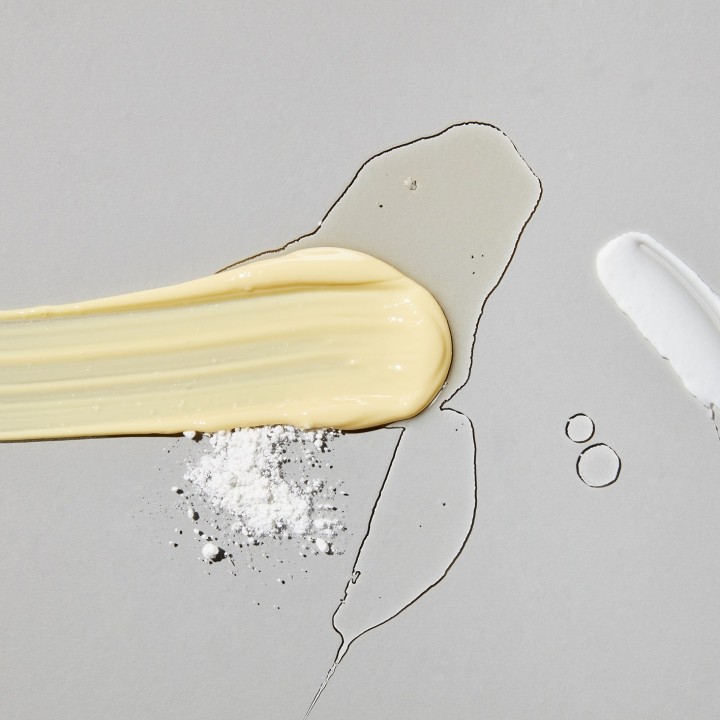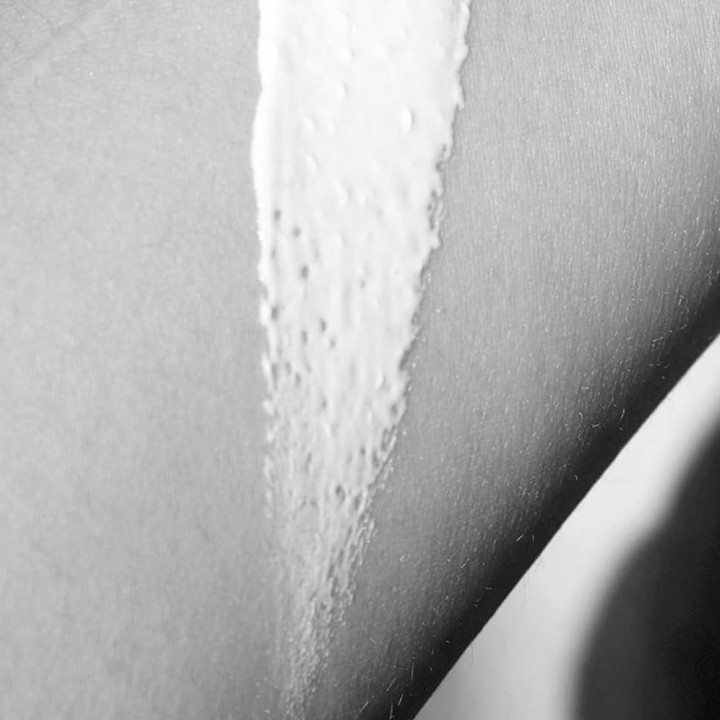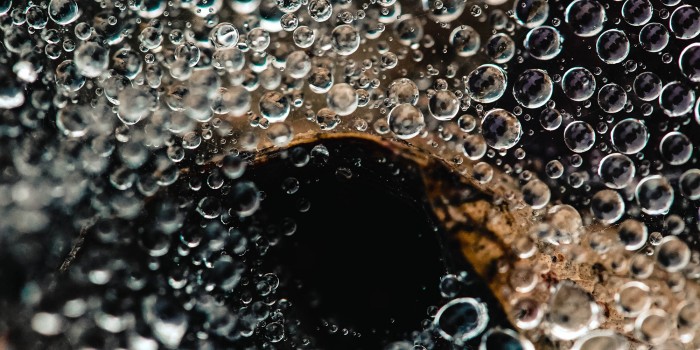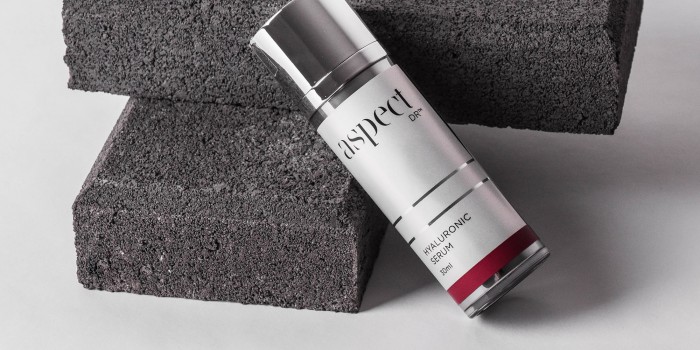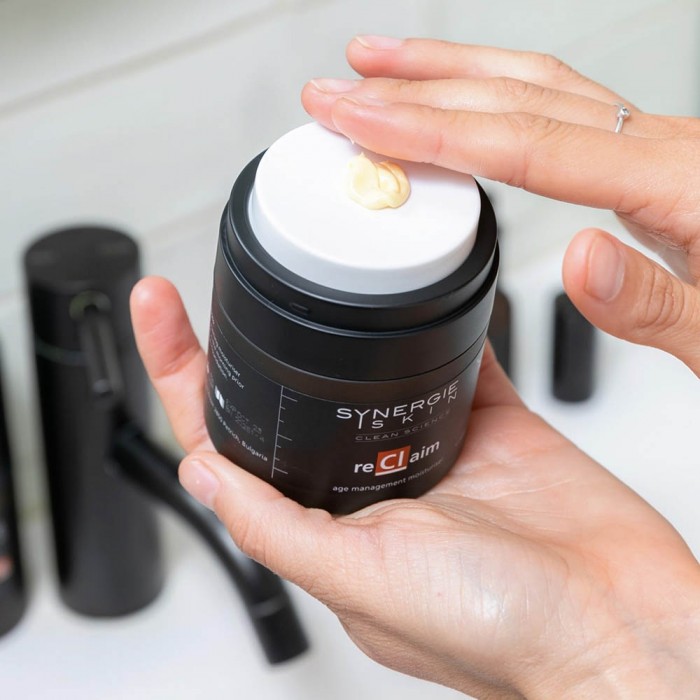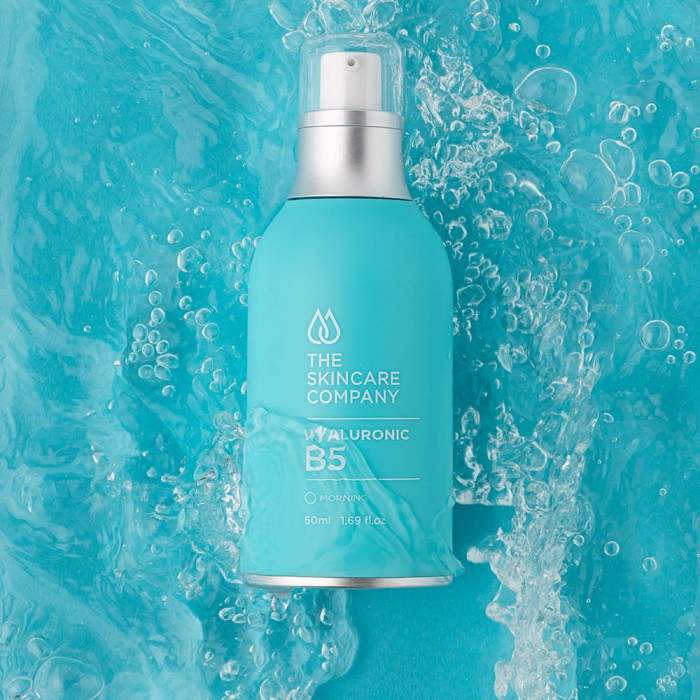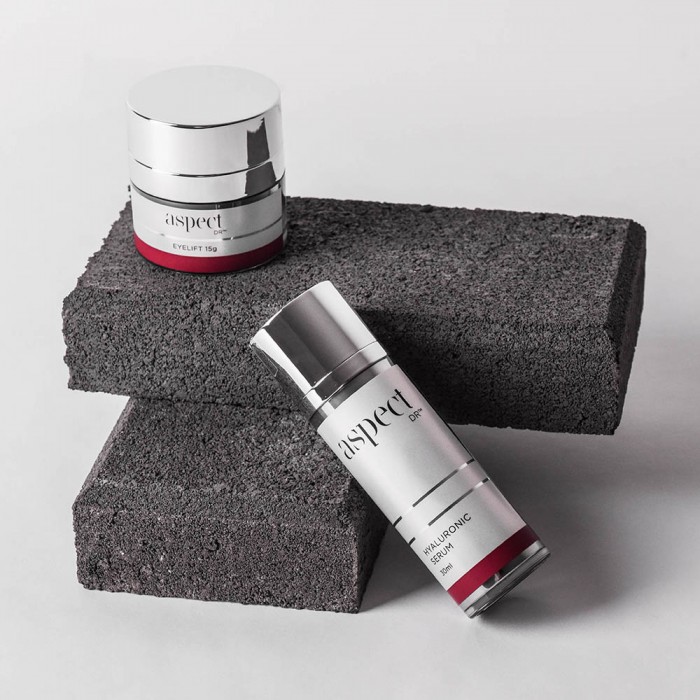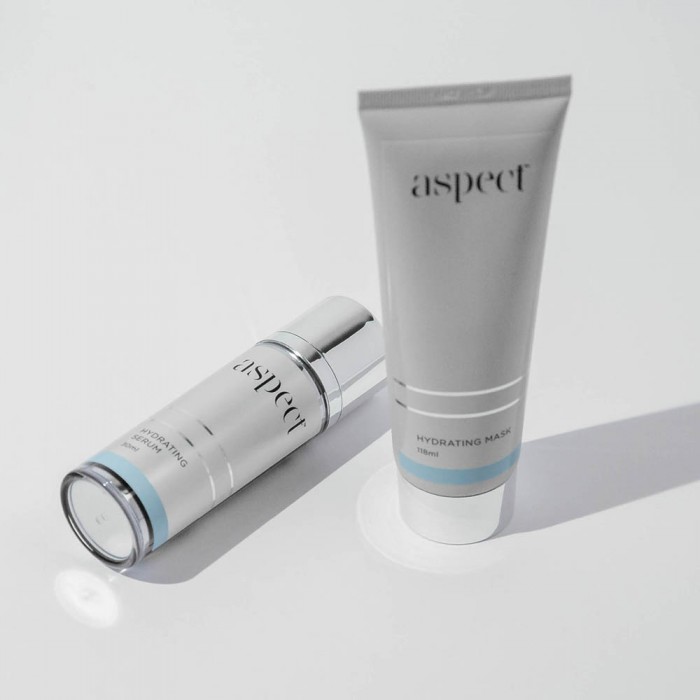Hyaluronic acid (also known as hyaluronan or HA), really isn’t new though. It’s actually a sugar that is naturally produced by your body and forms a clear gooey substance, with the largest amounts being found in your skin, connective tissues and eyes. Its main function is to retain water to keep your tissues well lubricated and moist and achieves this by holding nearly 1000 times its weight in water! Hyaluronic acid keeps your skin plump, supple and hydrated, prevents wrinkles, joint pain and drying of your eyes. It plays a key role in wound healing with its anti-bacterial and anti-inflammatory properties. Unfortunately it does gradually decrease as we get older.
The best ways to retain hyaluronic acid (and keep it working hard for your skin) are through a balanced diet, avoiding UV radiation, tobacco and pollution. However there are some other ways to give it a helping hand. Hyaluronic acid can be replaced using topical serums, lubricating eye drops, oral supplements and injections. At MC we focus on replacement with serums and dermal fillers.

